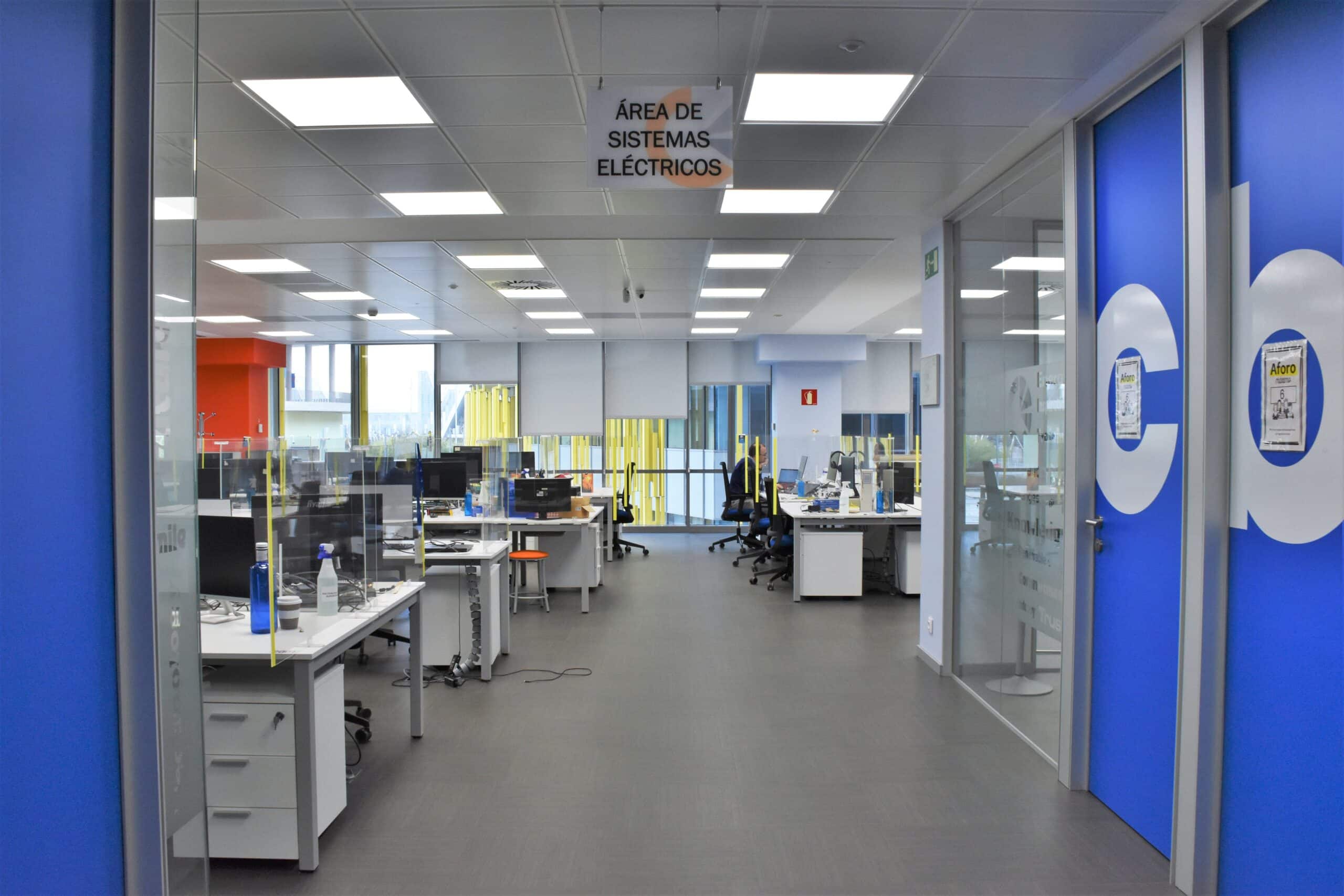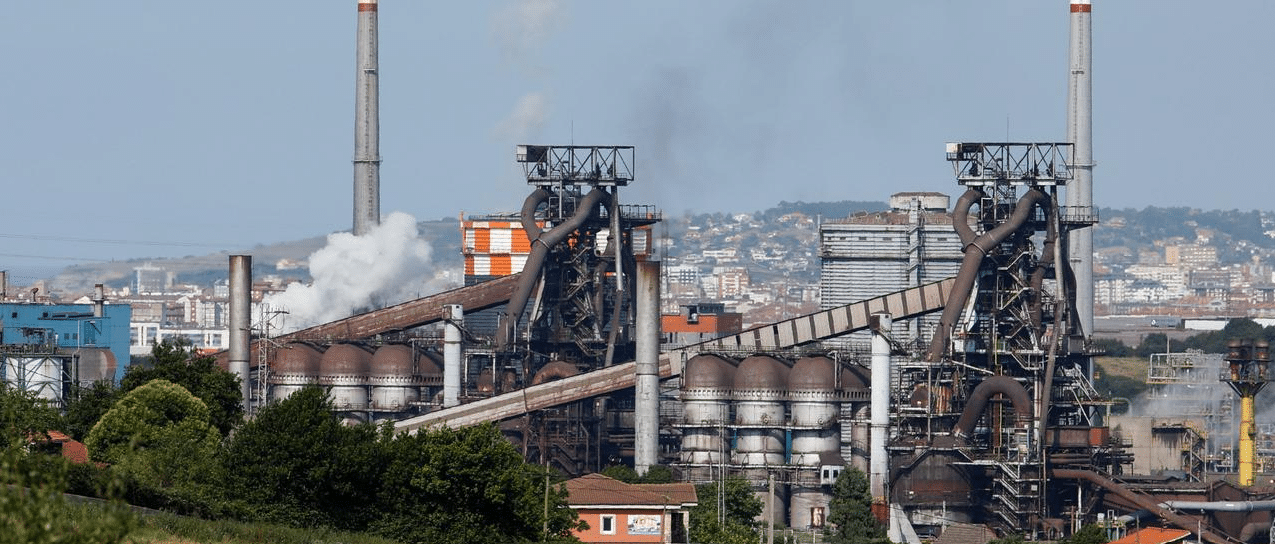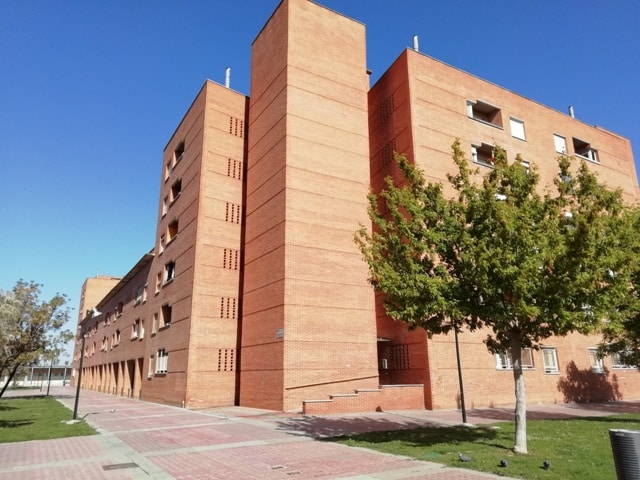Location
Zaragoza (main location) Avilés (secondary location), Spain
Key Partners
Lead: CIRCEURBENERZAVIARCELOR MITTAL (not member of the consortium)
Main Solutions
Demand side management strategiesNILM algorithmsSecond life batteries ESSInnovative power electronics

Description
The demonstration in Spain is taking place mainly in Zaragoza and the surrounding area (Aragon region in the North-East of Spain) and a secondary demonstration will take place in Asturias , Northern Spain (Check Map). With a sizeable portion of its population concentrated in its capital city, Zaragoza, and a sizeable industrial and service sector, Aragon has a high energy consumption rate. The rest of Aragon is mostly rural with a relatively dispersed population and a lot of renewable energy plants. All energy users and prosumers should be brought into flexible markets to help with the integration of these renewable sources. On the other hand, the secondary demonstrator (cluster #3) represents other side of Spanish consumers: big industrial energy demanders. For this reason, the Spanish demonstration site includes all types of energy consumers and prosumers i.e., office (cluster #1 and cluster #2), industrial buildings (cluster #3) and residential (cluster #4).
In this pilot, both hardware solutions and software tools will be developed, standardised and tested, including:
- Development demand side management strategies (including distributed resources as storage or generation) for optimal management and flexibility provision. They will be implemented through Cloud computing in REEFLEX platform and, in the case of CIRCE, on Edge computing using already installed gateways/concentrators (Energy Box) and in the other areas.
- Implementation of smart appliances and monitoring devices at residential level and heritage buildings (URBE offices). The improved availability of data, also supported by NILM algorithms to disaggregate industrial demands in ARCELOR MITTAL, will enable the implementation of algorithms for categorising flexibility potential and the predictive maintenance of energy assets.
- Innovative assets, including batteries, inverters and V2G chargers enabling advance levels of flexibility will be deployed and/or tested at CIRCE taking advantage of its living lab on renewable microgrids. The integration of batteries will also take place at residential level to demonstrate the potential of energy communities promoting the acquisition and operation of green technologies.
- A tool for flexibility calculation, aggregation, market negotiation and customer management will be developed to support URBE as aggregator in the management of flexibility sources.
- OMIE will develop energy services to take advantage of flexibility not only at local level, but also at national and international level. In this sense, models will be used to estimate the flexibility needs of grid operators triggering the process of requesting, trading, negotiating and activating Flexibility Providers
Innovations and Technological Advances
REEFLEX platform will be able to operate with service providers that optimally manage their customers' manageable resources and provide flexibility to the system running algorithms on the common REEFLEX cloud, on proprietary clouds or on local gateways.
The REEFLEX project develops a Non-Intrusive Load Monitoring (NILM) tool tailored for industrial settings, enabling energy consumption disaggregation without individual monitoring devices. It would allow optimizing operations and reducing costs in real-time. By integrating Industry 4.0 concepts and leveraging MES/ERP data, it offers a streamlined solution for industrial energy management.
REEFLEX integrates second-life batteries with innovative power electronics to deliver flexibility services. This comprehensive solution repurposes EV batteries into modular energy storage systems (ESS), coupled with advanced power inverters. Together, they allow optimization of energy usage, offer grid ancillary services and enhance renewable energy integration
REEFLEX develops advanced tools for calculating end-users' flexibility potential, aggregating their resources, and facilitating participation in flexibility markets. These tools enable stakeholders to assess flexibility capacities, costs, and aggregation possibilities across different time horizons, streamlining their engagement in energy markets.
REEFLEX is creating tools to evaluate the flexibility needs of grid operators, serving as a catalyst for engaging Flexibility Providers. These tools facilitate the estimation of grid flexibility requirements, streamline the process of requesting and negotiating flexibility services, and enable the efficient activation of Flexibility Providers to address grid constraints and optimize energy management.

Contact Information
Demo Site Leader: Gregorio Fernández, gfernandez@fcirce.es
Demo Site Leader proxy: Asier Rueda, arueda@fcirce.es




Demonstrators
-
Greece
The Greek demo-site is located in the city centre of Thessaloniki and is composed of a set of 50 residential buildings, 3 energy retail stores and one large commercial facility managed by WVT as utility company together with INNO as energy efficiency services provider. Therefore, the whole demonstration area will represent a common EU neighbourhood and will aim at obtaining real experiences on how EU citizens can participate in and facilitate the deployment of flexibility services supporting the grid operators.
-
Switzerland
The Swiss demo site is taking place in the urban Motta District in Massagno, a suburban local Energy Community (EC), with the addition of a district heating plant located in Capriasca. All the prosumers in the aforementioned urban district belong to the AEM distribution network (local DSO) and are served by a 630 kVA substation, which is located in the neighborhood. Additionally within the urban district, there is a PV plant with a total installed capacity of 59 kWp (55 MWh of annual production) on the roof of the elderly care home in order to serve the needs of the buildings (first to the elderly care home, then to the rest of the buildings) and then any additional electricity is injected by the grid. Last but not least, A V2G-ready EV charging column (DC, 10 kWe) together with a car-sharing vehicle (Honda e – 35.5 kWh of electric storage) is also part of the community and can be used both as flexibility and as a battery storage solution. The pilot site also leverages two 11 kWe public charging stations for EV that are available to the citizen, increasing the e-mobility aspect of the site.
-
Bulgaria
Energy Consumption for ABILIX servers only – 35 MWh/y. Around 10 GWh/y for the whole DataCenter. Evenly distributed with no Seasonal peaks for servers. Cooling electricity consumption is generally 66% lower in Q4/Q1 than in Q2/Q3. Zero emissions (Green energy certificates from the energy utilities supplying power to the Data Centers, mainly fed by nuclear energy). Energy storage around 100 Кwh of batteries.